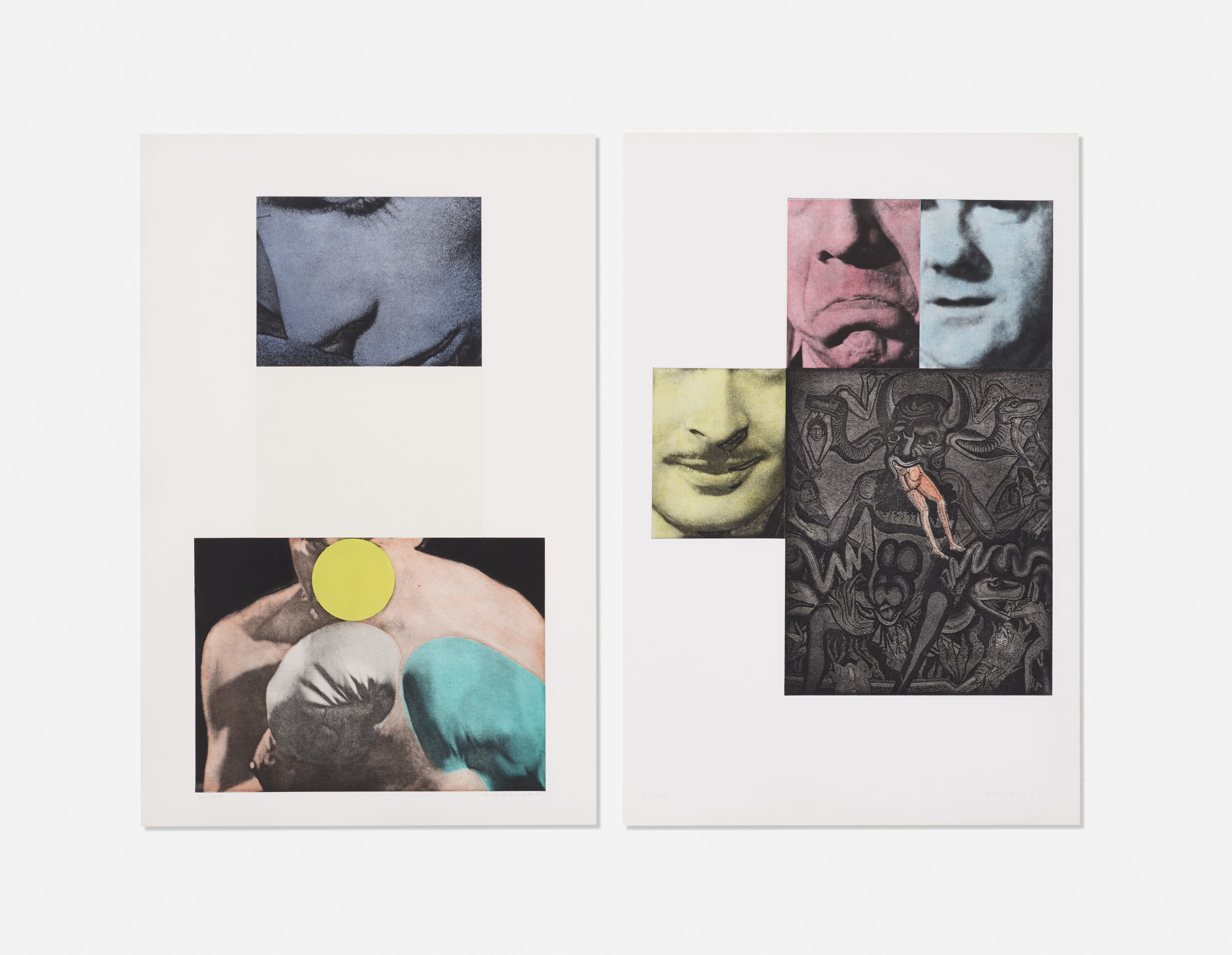John Baldessari
Heaven and Hell (diptych), 1988
Super Dakota is pleased to present the sixth edition of our Super Stories. This time we turn our focus to Heaven and Hell, 1988, a diptych created by the infamous American artist John Baldessari.
John Baldessari was born in 1931 in National City, California and died in 2020 in Los Angeles. Pioneer of conceptual art and longtime influential teacher, Baldessari used photography as a tool for deconstructing aesthetic conventions but also for elaborating new forms of visual language. In the 1970s, he was considered a groundbreaker of postmodern ideas; he gained notice with his early text paintings and progressed to photographic images paired with text. His use of appropriation, erasure, alteration, and montage to disrupt a narrative or to construct an entirely new meaning out of recombined fragments has been utilized in disparate ways in different bodies of works throughout his career.
John Baldessari
Heaven and Hell (diptych), 1988
Aquatint and photo-etching with scraping and roulette
on two sheets of torn of-white
Rives BFK paper
Frame: 131 x 90 x 4 cm each
Image: 121 × 80 cm each
Edition of 30/45
Heaven and Hell is a distinctive piece, one of the rare works dealing with the notion of religion in Baldessari’s practice. Created in 1988 as a signed edition of 45, the piece consists of two colour etchings depicting the two realms of the title. Heaven is in Baldessari’s hands, evoked by two rectangular-format photographs: a detail of a woman’s face and an image of a boxer’s chest and gloves. On the man’s face appears a yellow dot, the iconic signature of Baldessari. (1) An off-white rectangle connects these two images creating a negative space once again a gesture often seen in the artist’s practice.
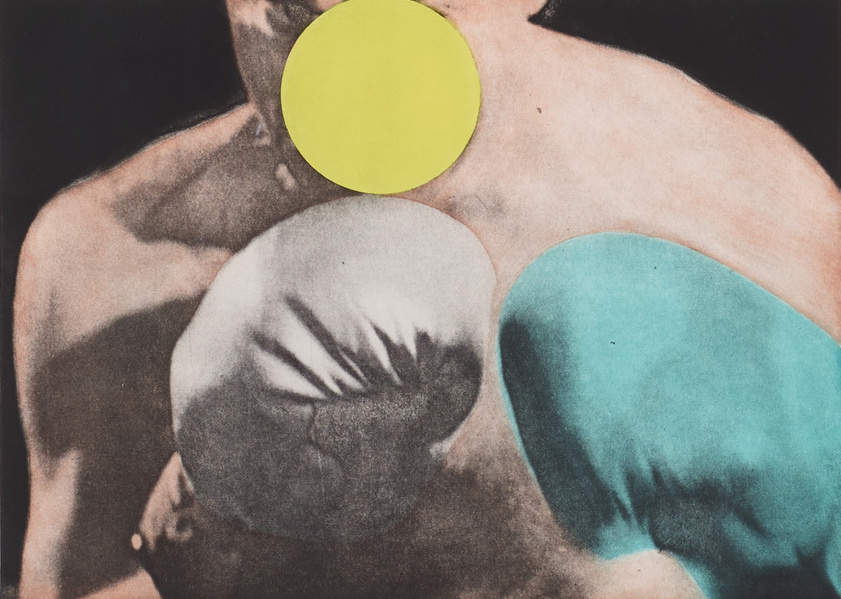
detail, John Baldessari, Heaven and Hell (diptych), 1988
The representation of Hell is centered on a large detail from the thirteenth-century mosaic of the Last Judgement on the ceiling of the Baptistry in Florence. It depicts the horned Devil with a man’s unclothed legs protruding from his mouth. Only the legs are tinted with a pale orange, while the rest of the mosaic is in black and white. The presence of the Coppo di Marcovaldo mosaic is also noteworthy because it is one of the few non-photography-based images in Baldessari’s oeuvre. Around this mosaic, at the top, are photographs of three men’s faces. The cropped images focus our attention onto the character’s mouth, each with a different tone as their expression vary from smirk to grimace. These images are taken from Baldessari extensive collection of movie stills from the 1930’s. The artist is known for his use of allegories and metaphors in this work. His paintings are filled with references and quotes he decontextualized in order to recreate his own narrative.

Coppo di Marcovaldo, The Last Judgement, 1265-1270, Florence
Heaven and Hell (diptych) was created in collaboration with Peter Blum Editions, New York. John Baldessari had collaborated with them for over a decade making several prints between 1980 and 1994. The Peter Blum Edition Archives at the Museum of Fine Arts, Houston, contains all the editioned prints made by the publisher with the artist during this period and even some working materials from the project. Heaven and Hell can also be found in the collections of the Whitney Museum, New York ; The Museum Of Modern Art, New York ; RISD Museum, Rhode Island, Queensland Art Gallery, Australia … (2)
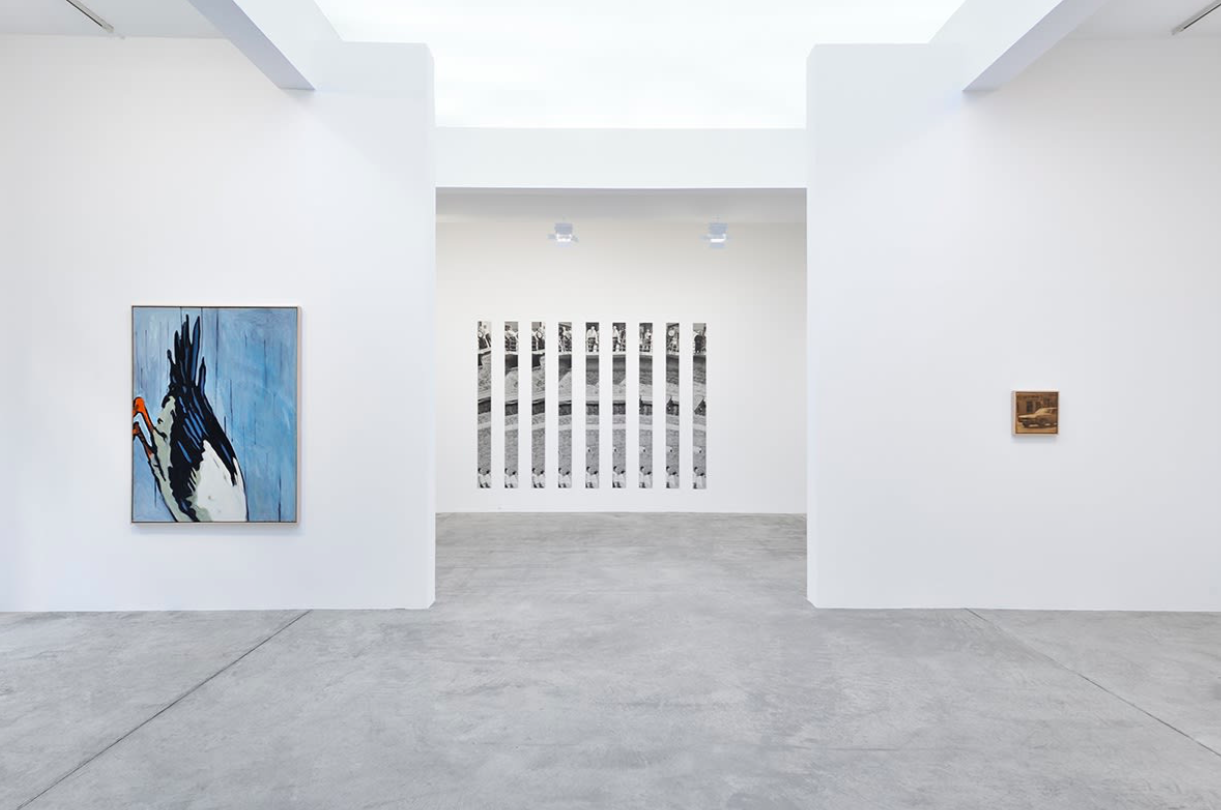
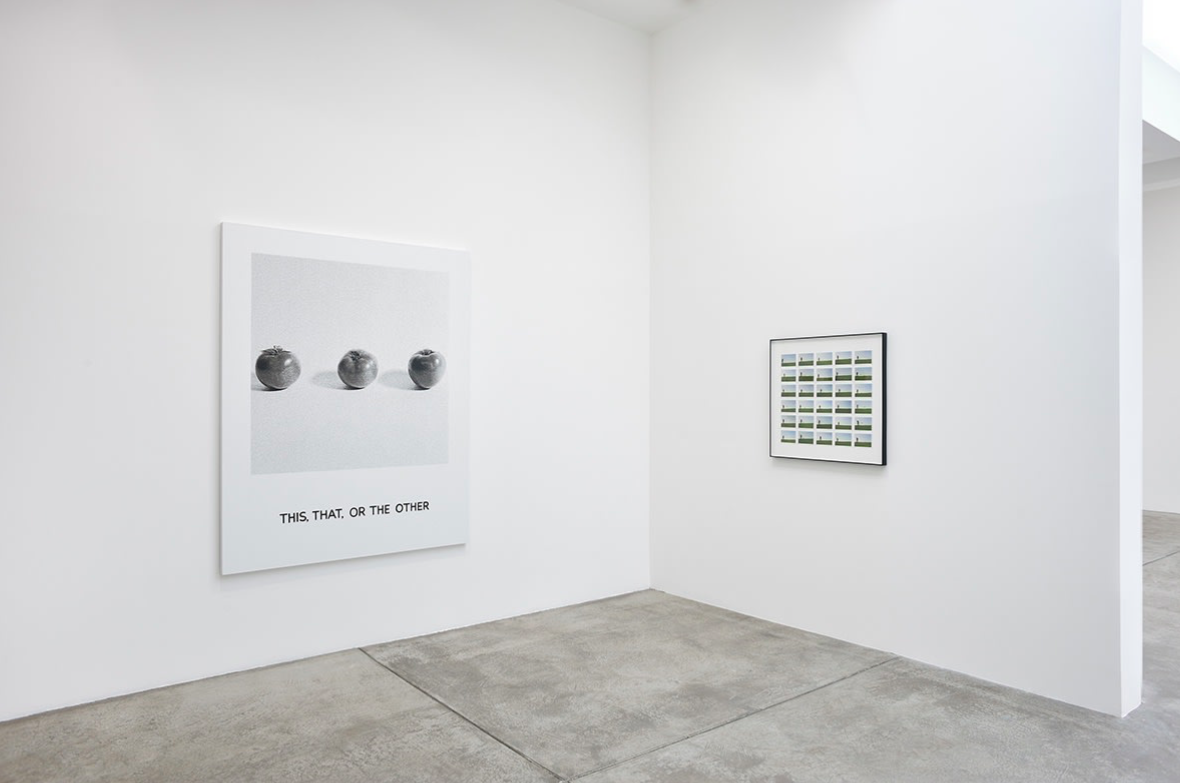
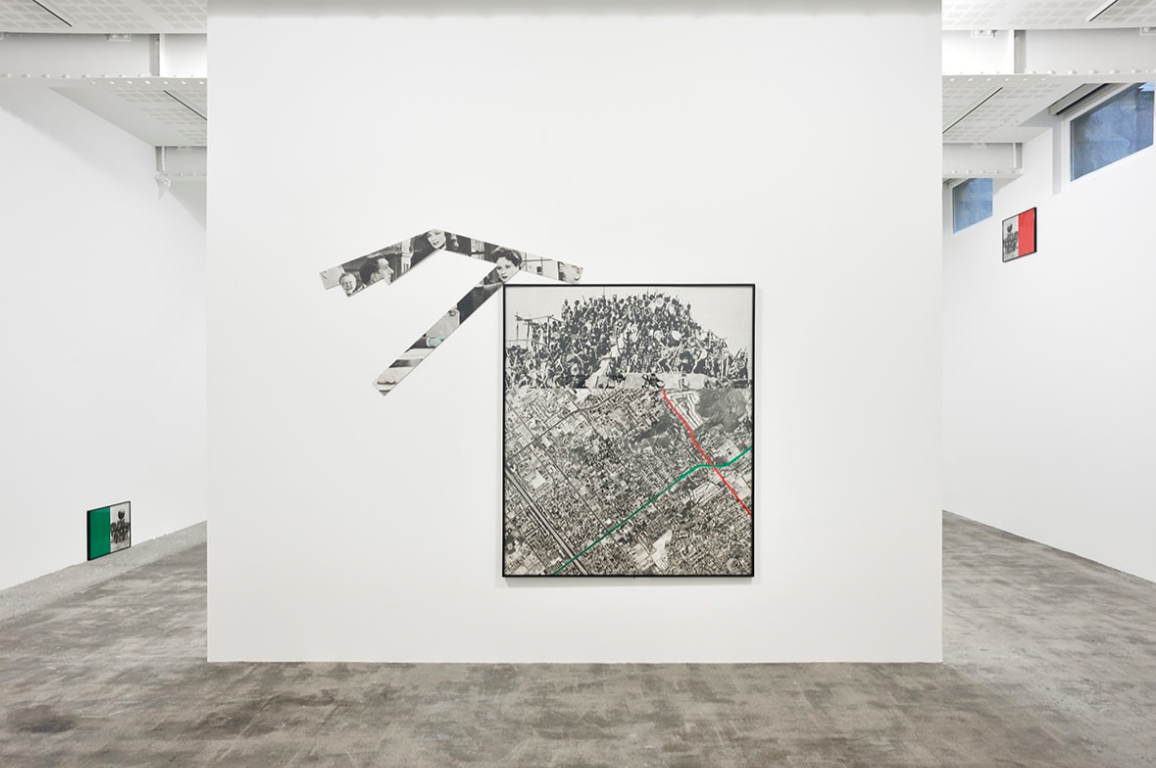
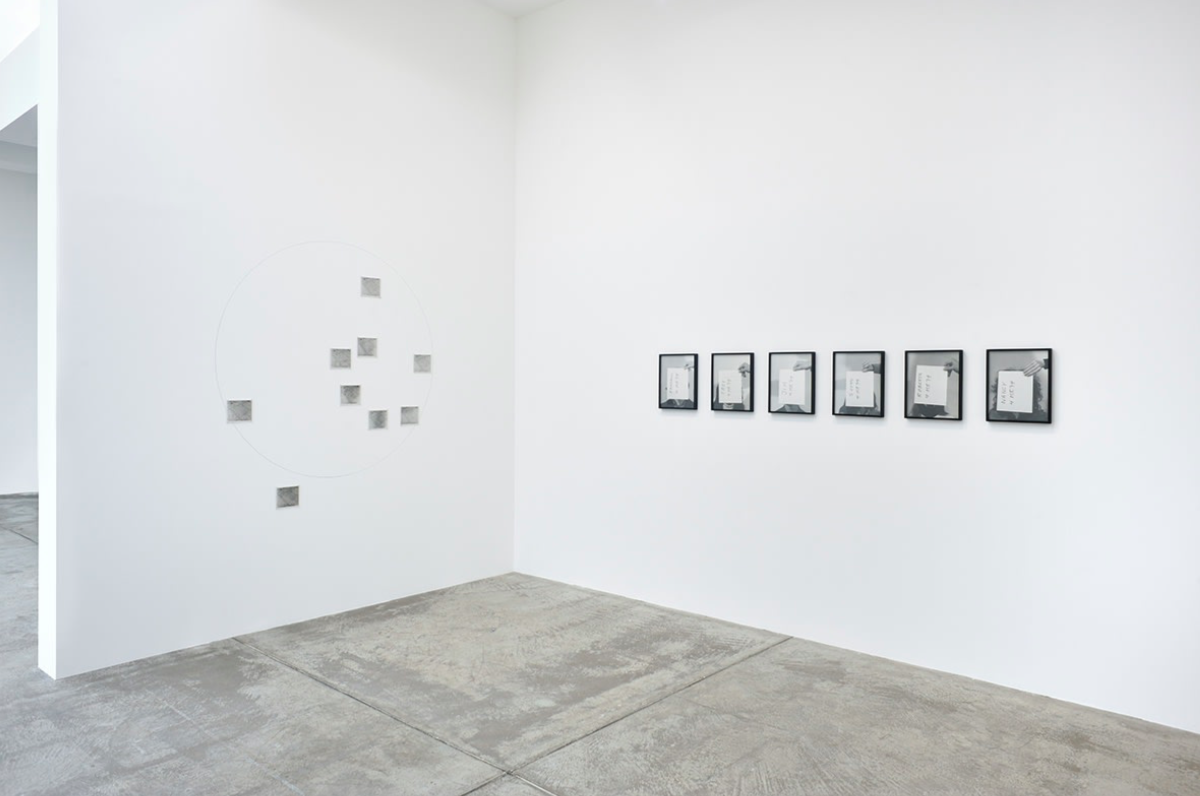
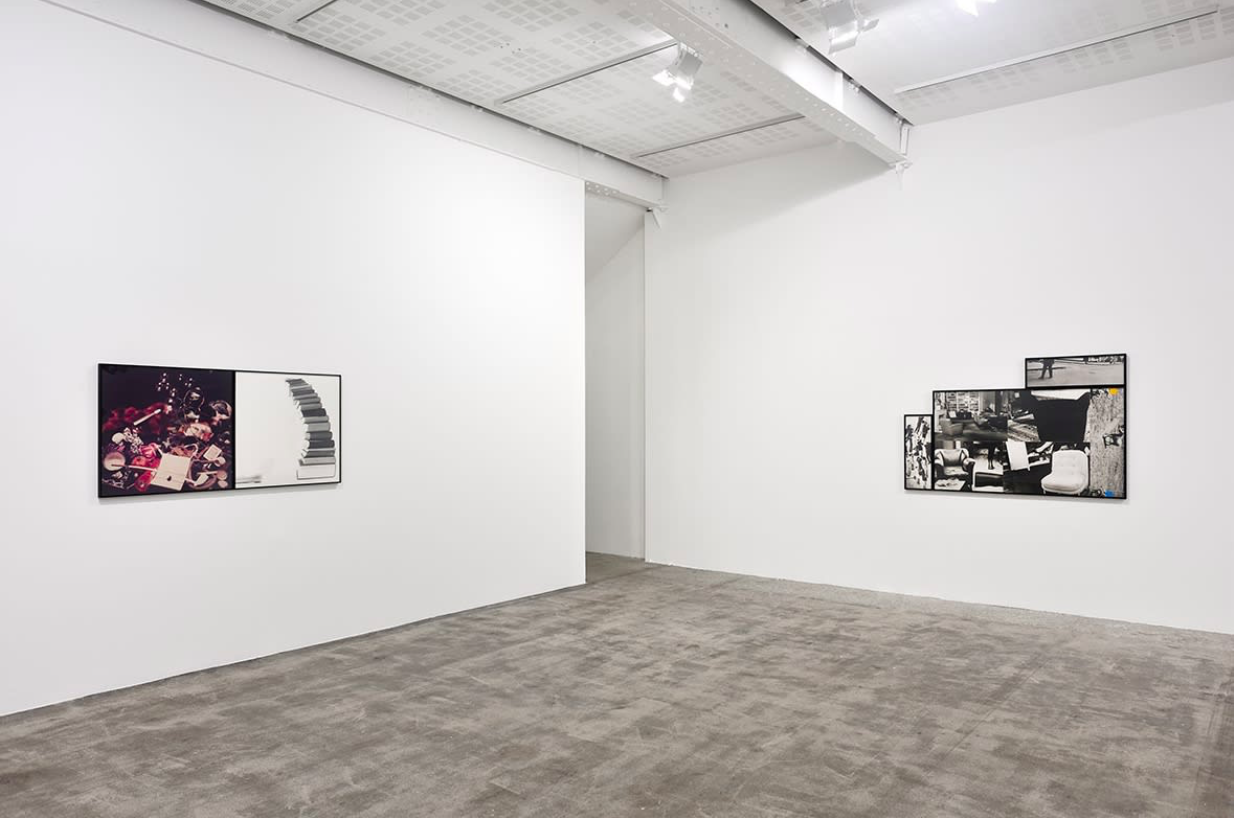
Installation view, John Baldessari, Early Work, 2015, Marian Goodman, Paris
The ceiling of the Florence Baptistery is a set of mosaics throughout the internal dome and apses of the monument. The gold mosaics depict several scenes from the Bible, such as the Last Judgment, the Stories of John the Baptist, the Story of Joseph, and the Stories of Genesis. Art historians attribute the composition of the scene of Hell to Coppo di Marcovaldo, a Florentine painter active in the middle of the thirteenth century, whose fusion of both Italian and Byzantine styles had a great influence on generations of Italian artists. Representation of Hell is dominated by the great horned Satan on a throne inflamed, eating a man, while two snakes—that are snapping two of the damned—come out of his ears. (3)
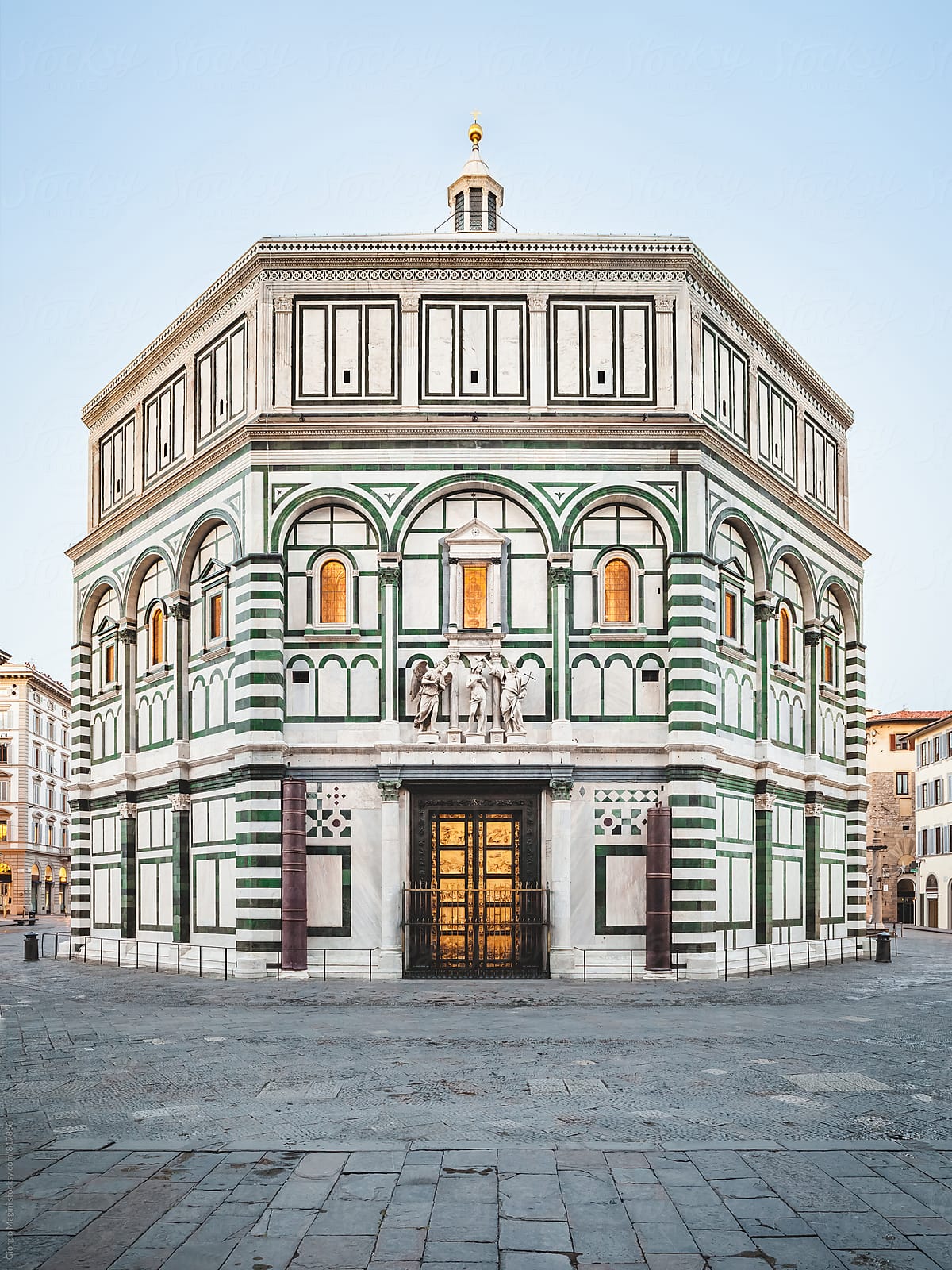
Baptistery, Florence, Tuscany
Baldessari has used the aquatint technique as an hommage to the famous spanish artist Francisco Goya. In 1997, he started a body of work untitled The Goya Series which was inspired by Goya’s posthumously penned series, The Disasters of War. Goya (1746-1828) is the maker of incontestably the greatest prints using aquatint. Like etching, aquatint is an intaglio printmaking technique, but is used to create tonal effects rather than lines. Intaglio refers to printing and printmaking techniques in which the image is incised into a surface, and the incised line or sunken area holds the ink. The titles of Goya’s series were reappropriated by Baldessari in 1997 for his contribution to that year’s Venice Biennale. Black and white photographs of various objects are reproduced by the artist on canvas and accompanied by titles. Goya Series marks Baldessari’s return to examining the dialogue between imagery and text. (4)
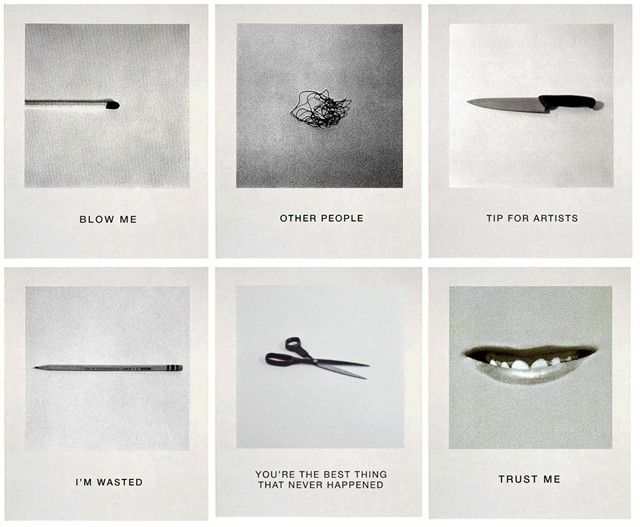
John Baldessari, Goya Series
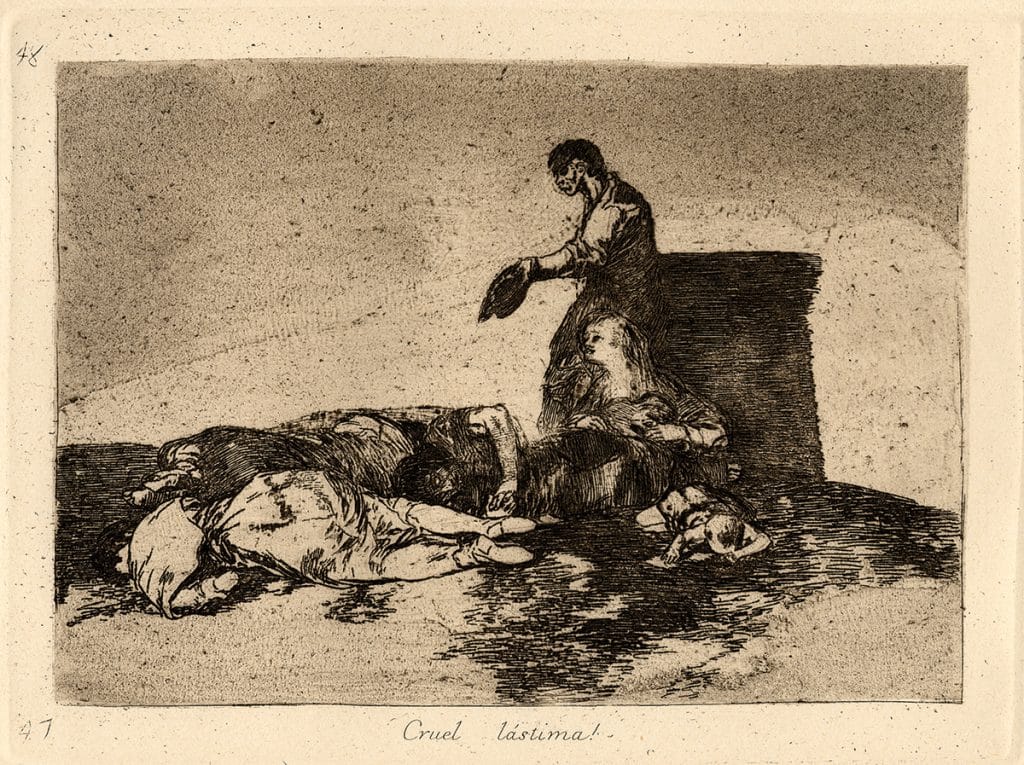
Francisco Goya, Cruel Lastima! (Cruel tale of woe!), (1810-1820)
Baldessari worked extensively in printmaking during the late 1980s. In addition to this monumental etching series, he collaborated again with Cirrus Editions and completed two of his largest and most intricate lithographs: Fallen Easel and Object (with Flaw), each composing multiple, individually framed components in irregular and asymmetrical compositions. While Black Dice and Heaven and Hell are printed on multiple sheets of paper, the complexity of these lithographs represents a radical departure in Baldessari’s practice and in contemporary printmaking overall. Describing the genesis of this development, Baldessari remarked: “At first I was such a purist, I just wanted my photographs on the wall. And she [art dealer Ileana Sonnabend] said we were getting too much damage. You’ll really have to use frames. I did not want that but if I have to, then I thought I’m going to make it part of the art process. So I started building architecturally with frames.” (5)
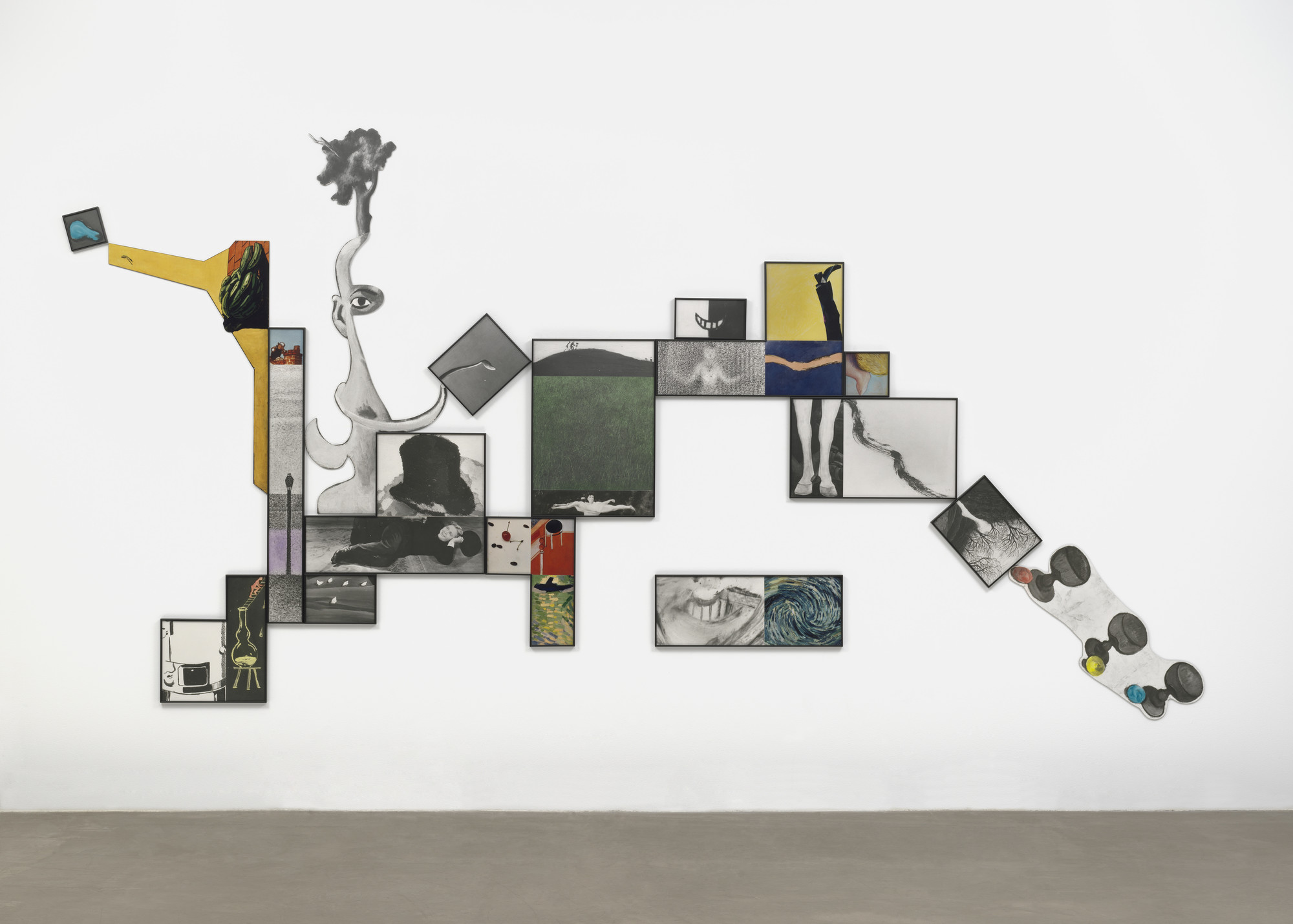
John Baldessari, Grass, Water Heater, Mouths, & etc. (for John Graham), 1994, MoMA, New York
In his most famous works, the characters are masked by large blue, yellow and red confetti, and his compositions are scarred with firecrackers (he was inspired by price stickers used in stores). Anticipating the Picture Generation – that cohort of artists who revisited photography in the 1980s – John Baldessari became a master in the art of visual palimpsests, emptying existing photos of their initial sap to better infuse them with his own and inviting the spectator to a festival of the insolent gaze. A lover of nose-footsteps, he cheerfully borrowed from other artists (Warhol, Sol LeWitt, Pollock…) to better divert them. His two-dimensional works often incorporate found images, composed in layers or presented as distinct pieces with an element of surprise, like a brightly colored geometric shape in the place of a face or a starkly printed sardonic caption. (6)
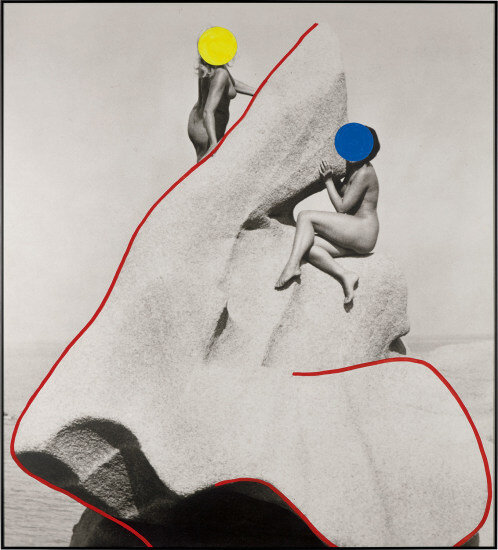
John Baldessari, Nose Promontory (With Two Women), 1989
Baldessari awakens the viewer’s imagination with juxtapositions of scenes, abrupt fragmentations and unexpected maskings of photographic imagery. He builds allegories and disjointed narratives by making montages from photographs. He explained: “the only thing I’m kind of sure about is that when two things are brought into some of magnetic proximity, that meaning occurs. Two words, two images, two objects. Whatever it is. Whether there’s universality or agreement on the meaning, I rather doubt it… But it fascinates me that people want things to mean”. (7)
John Baldessari Explains His “strange mind”, SFMOMA, 2015
“I’m constantly playing the game of changing this or that, asking you to believe the airplane has turned into a seagull and the sub into a mermaid… ."
- John Baldessari
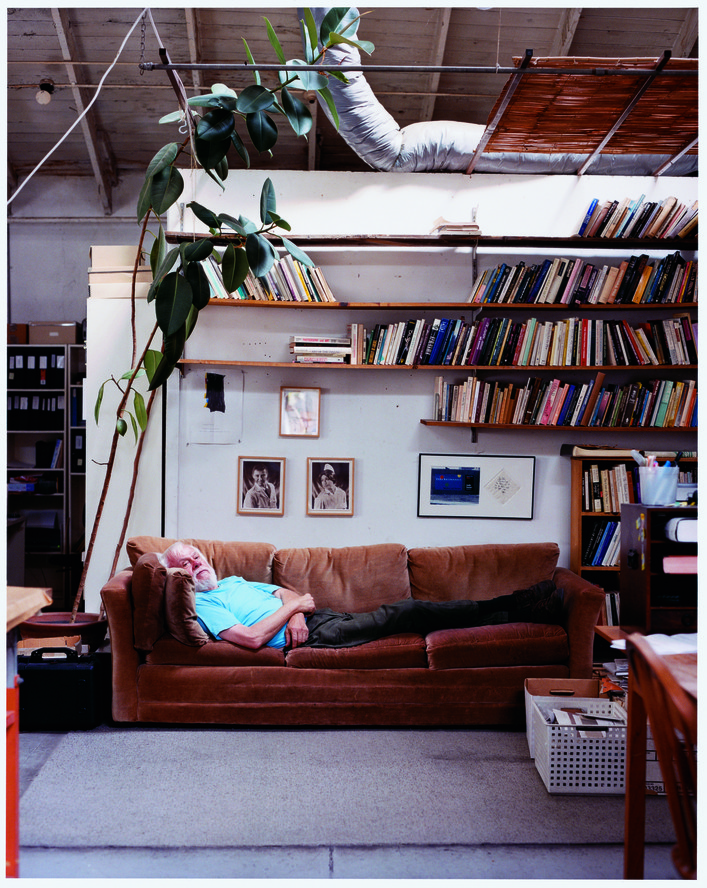
John Baldessari
“John Baldessari makes art that forces people to think. He presents the viewer with enigmatic compositions that suggests manifold interpretations but dictate none” explained Wendy Weitman, author and former curator in the Department of Prints and Illustrated Books at The Museum of Modern Art, New York. She continues: “John Baldessari wants nothing else than to manipulate the manner in which people read and interpret visual information. In the early 60s, he began taking photographs, initially to provide source material for his paintings. Few decades later, Baldessari began adding text and photography to his work.” (8)
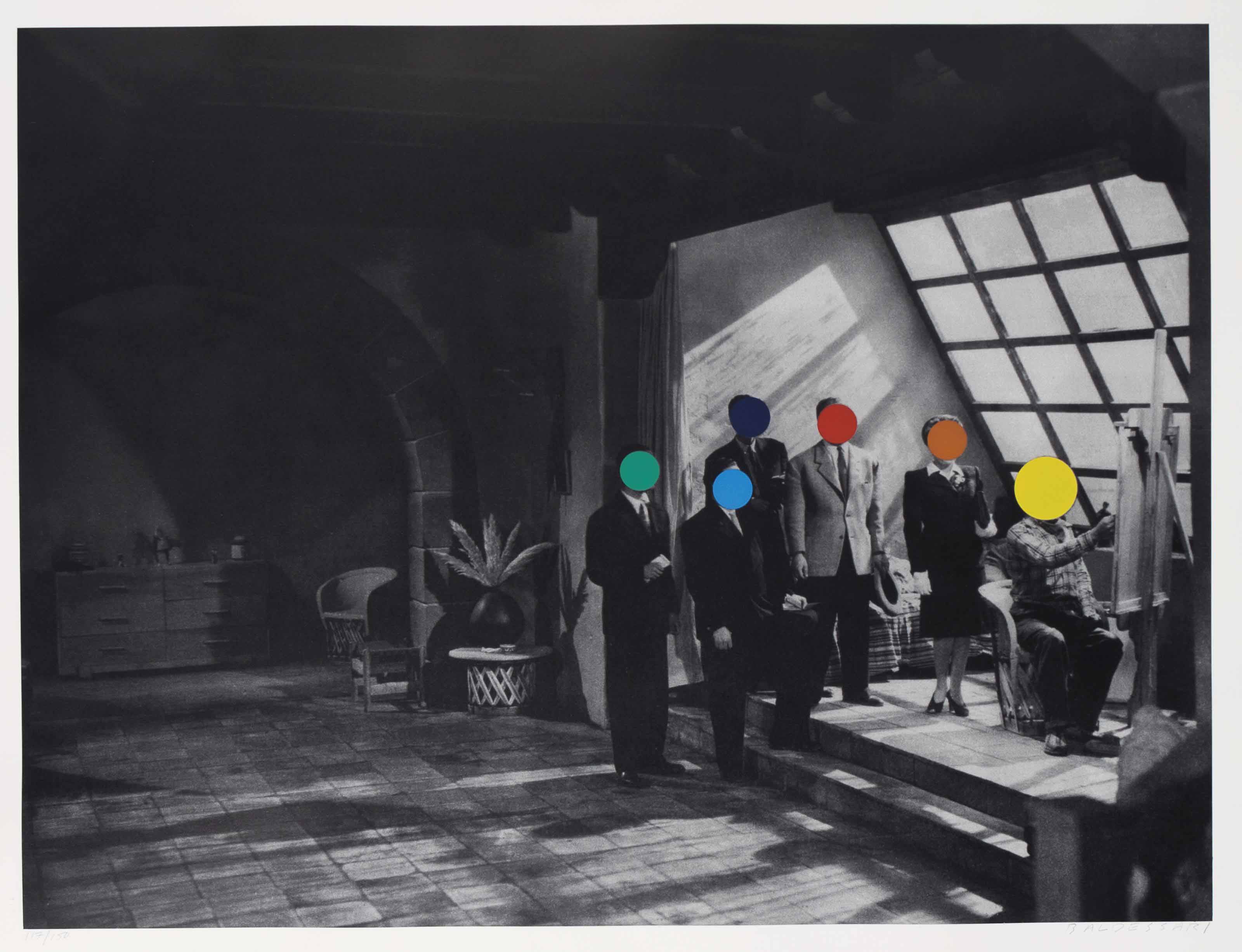
John Baldessari, Studio, 1988
“I could never figure out why photography and art had separate histories. So I decided to explore both”.
- John Baldessari

Still from the movie Scarface, 1932
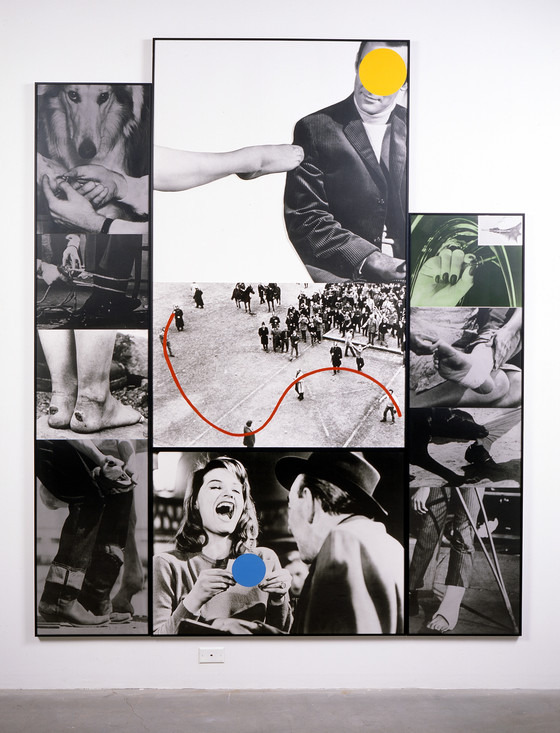
John Baldessari, Heel, 1986, Collection of LACMA, Los Angeles
The photography and text became essential working tools for Baldessari. He explains: “The reason I began using photographic imagery and words is that it seemed to be kind of an elitist language. I thought most people read newspapers and magazines, look at images on TV, and I said this is the way I’m going to speak, be more populist in my approach. And again, it’s about an effort to communicate”. The corpus developed by John Baldessari combines images with the associative power of words which demonstrates and reveals the narrative potential of images and their ability to associate with language. (9)
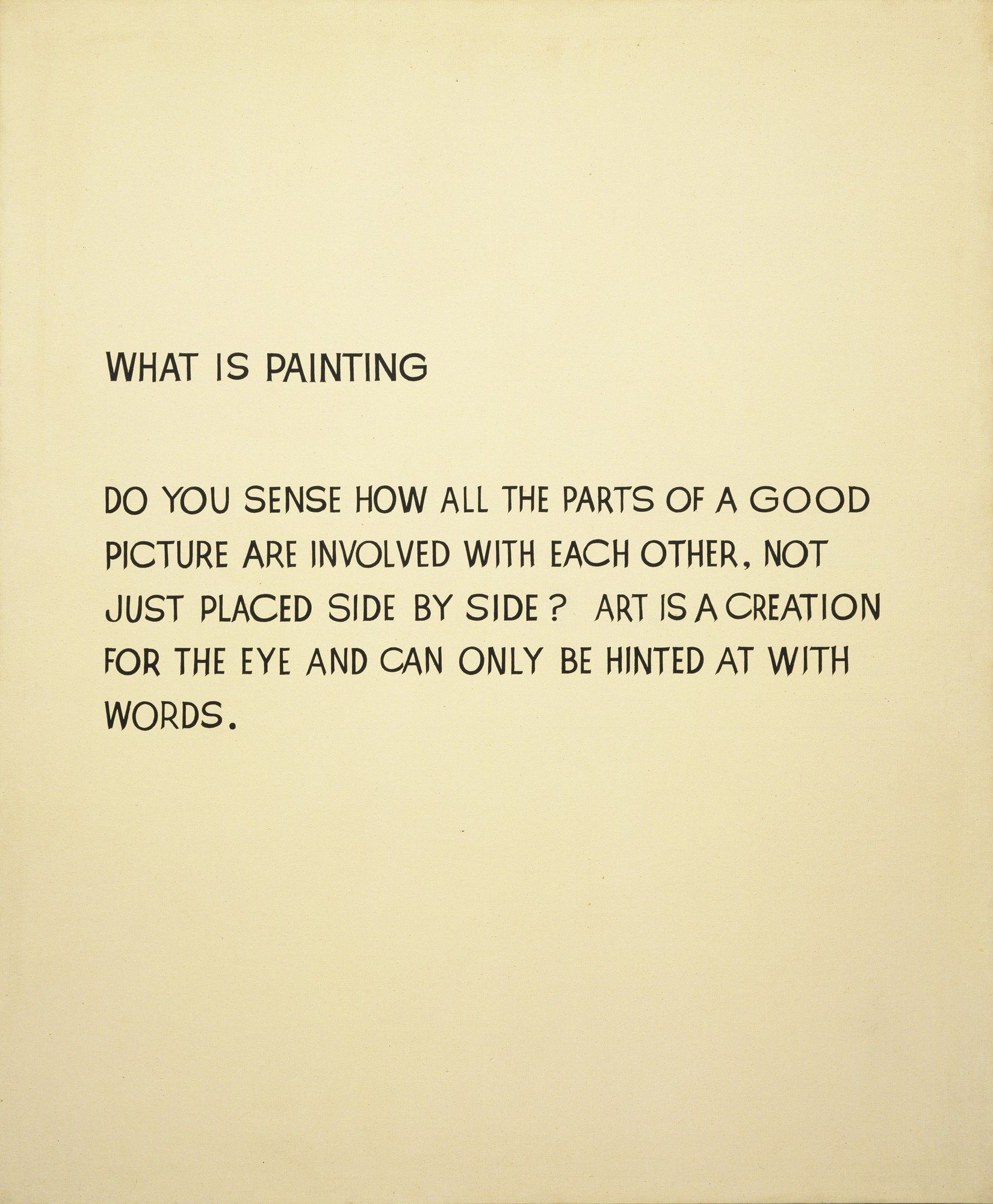
John Baldessari, What Is Painting, 1966-68, MoMA, New York
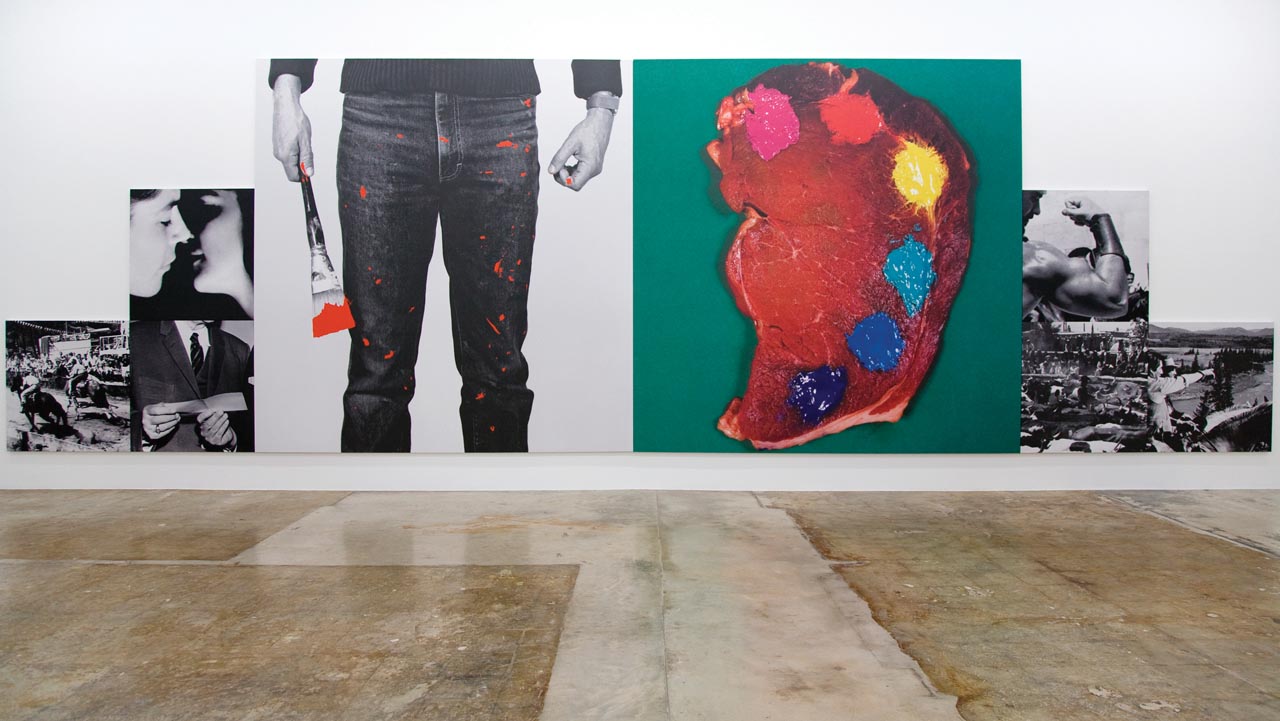
John Baldessari, Stake - Art is Food for Thought and Food Costs Money, 1985, Rubbel Museum, Miami
Baldessari’s engagement with combining photography, painting, and text led him to be described by New York Times critic Christopher Knight as “arguably America’s most influential Conceptual artist.” Considered one of the founders of conceptual art, though he has called this characterization “a little bit boring”, John Baldessari was a hugely innovative force in contemporary art. Baldessari is a conceptual artist known for his innovative use of appropriate imagery. Through his practice of painting, sculpture and installations, the artist shapes the landscape of conceptual art alongside Joseph Kosuth and Hans Haacke and is hailed for his signature colorful dots on photographs. (10)
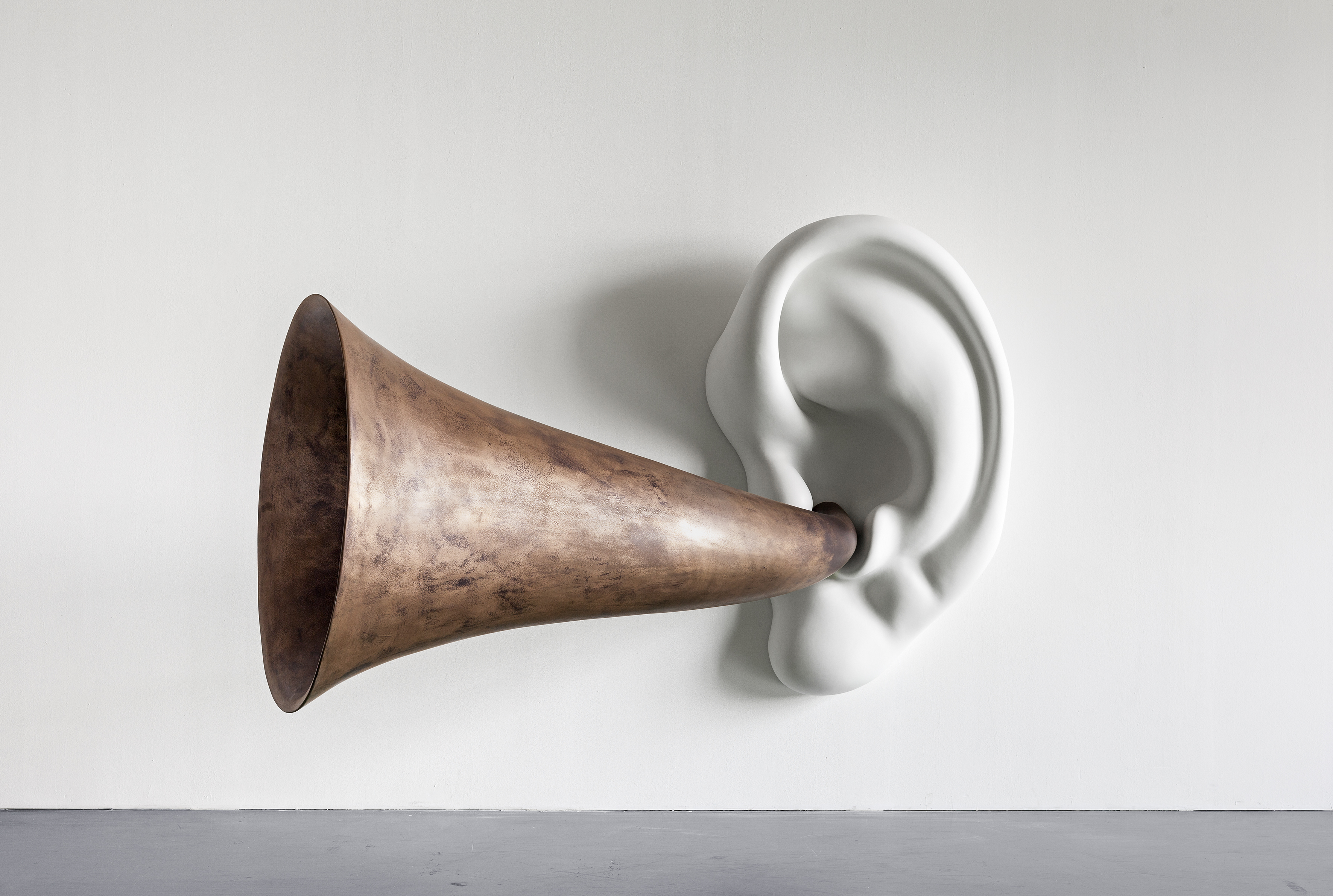
Installation view, John Baldessari, Beethoven's Trumpet (With Ear) Opus # 133, 2007, Sprüth Magers
His self-referencing photomontages and use of text have been sources of inspiration for countless artists, including Cindy Sherman, David Salle, and Barbara Kruger. He identifies his own artistic lineage, saying, “I would prefer to go to the source with Duchamp rather than credit Warhol as an influence.” (12). He played a role in the West Coast art scene and influenced young artists during his teaching career. During the 1970s at CalArts, he taught David Salle, Mike Kelley, Tony Oursler, among others. (11)

John Baldessari in The Simpsons
A Brief History of John Baldessari narrated Tom Waits
Navigating off the beaten track, Baldessari has achieved a synthesis between pop and conceptual art, painting and photography, black/white and vibrant colors, words and images, humor and seriousness, poetry and slogans. His art of the in-between, paradoxically made of stripping and visual shocks, of rough cut-outs – nose, eyebrows, hippopotamus, duck – and subtle collages, has found a graphic evidence and a style recognizable among all. Religion and art have something of paradoxical relationship. While usualy in art, the representation of the divine shows biblic characters and the interpretation of Hell depicts terrifying scenes, Baldessari’s vision of Heaven and Hell is disctintive and personal. In this piece, heaven is depicted as the poetic image of a pensive woman paired with the ideal of the righteous fighter while hell is represented by the dogmatic imagery of religion and a group of insidious men. (12)
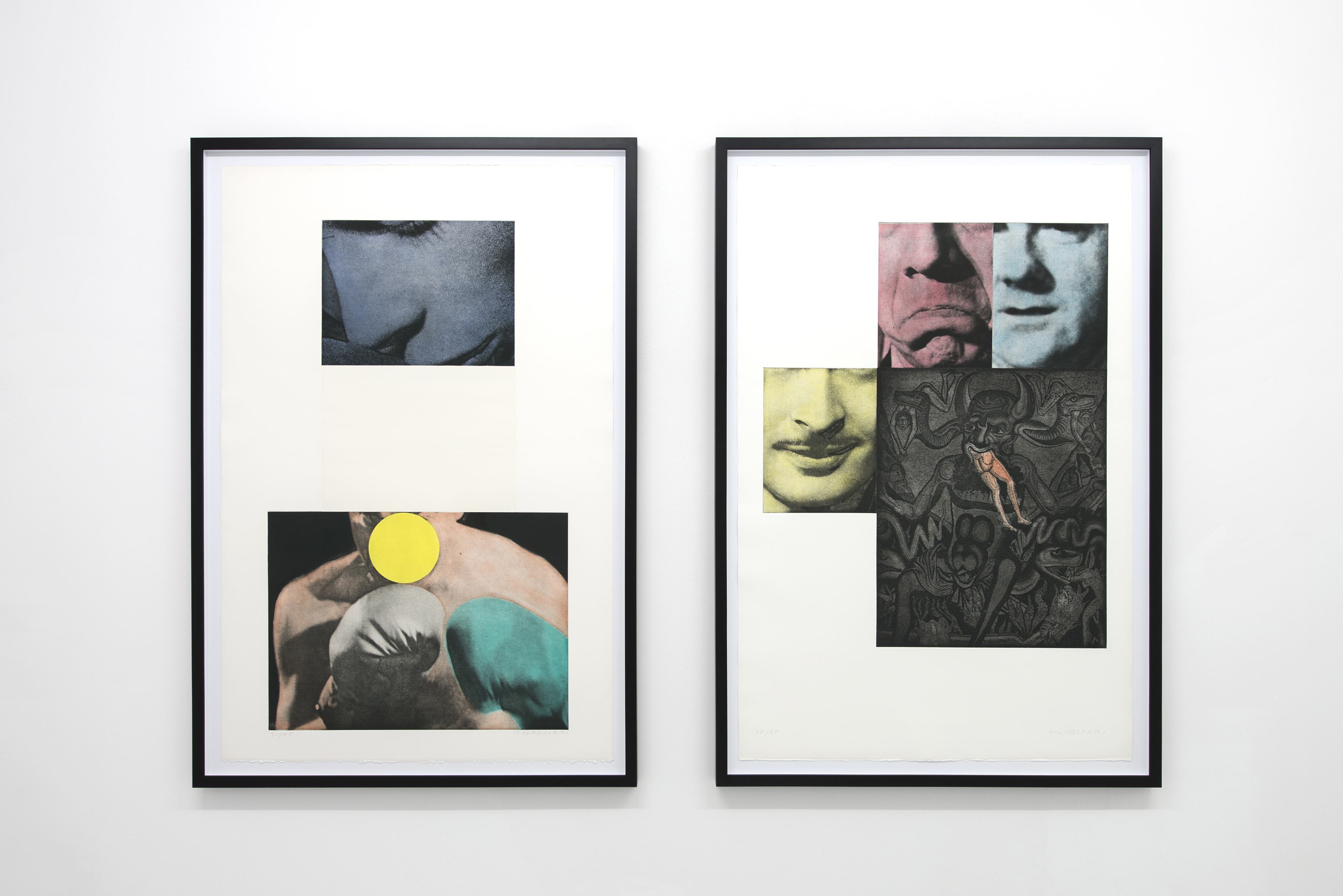
John Baldessari, Heaven and Hell (diptych), 1988
"I’ll probably be most remembered for putting dots over people’s faces,”
- John Baldessari
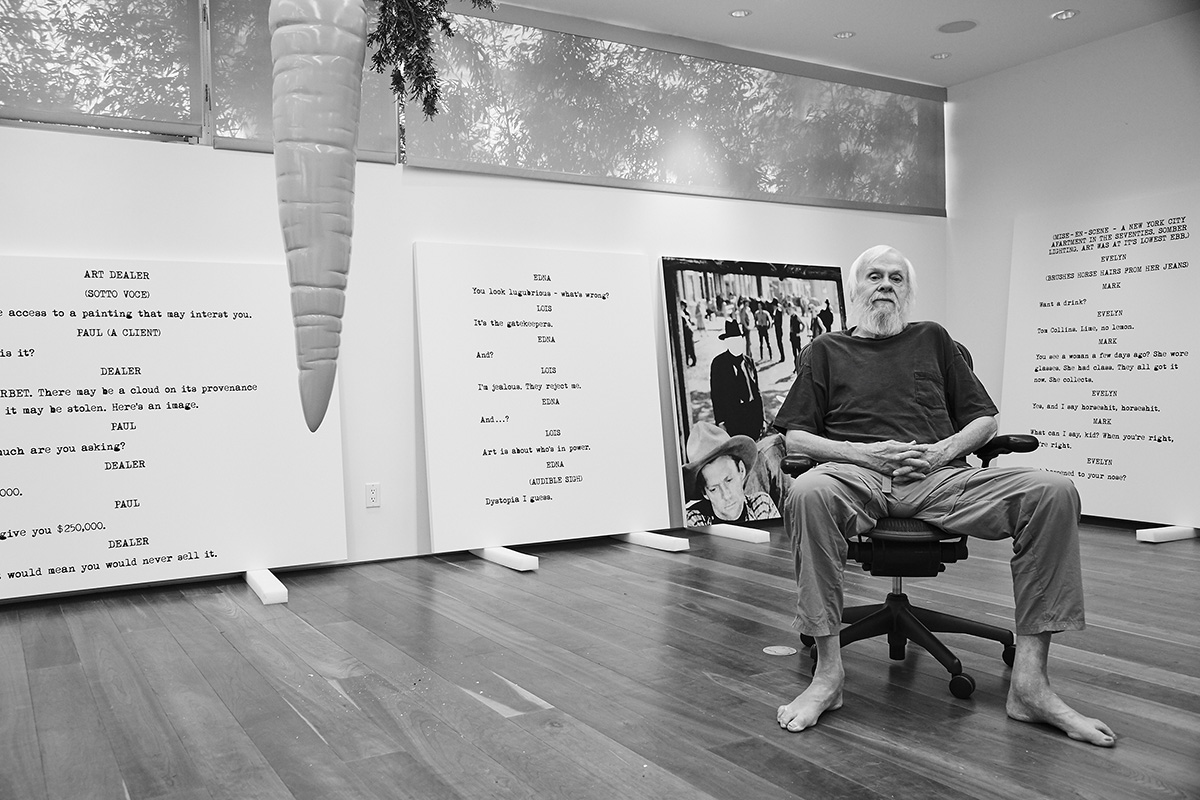
John Baldessari © Manfredi Gioacchini courtesy of The Estate of John Baldessari, 2015
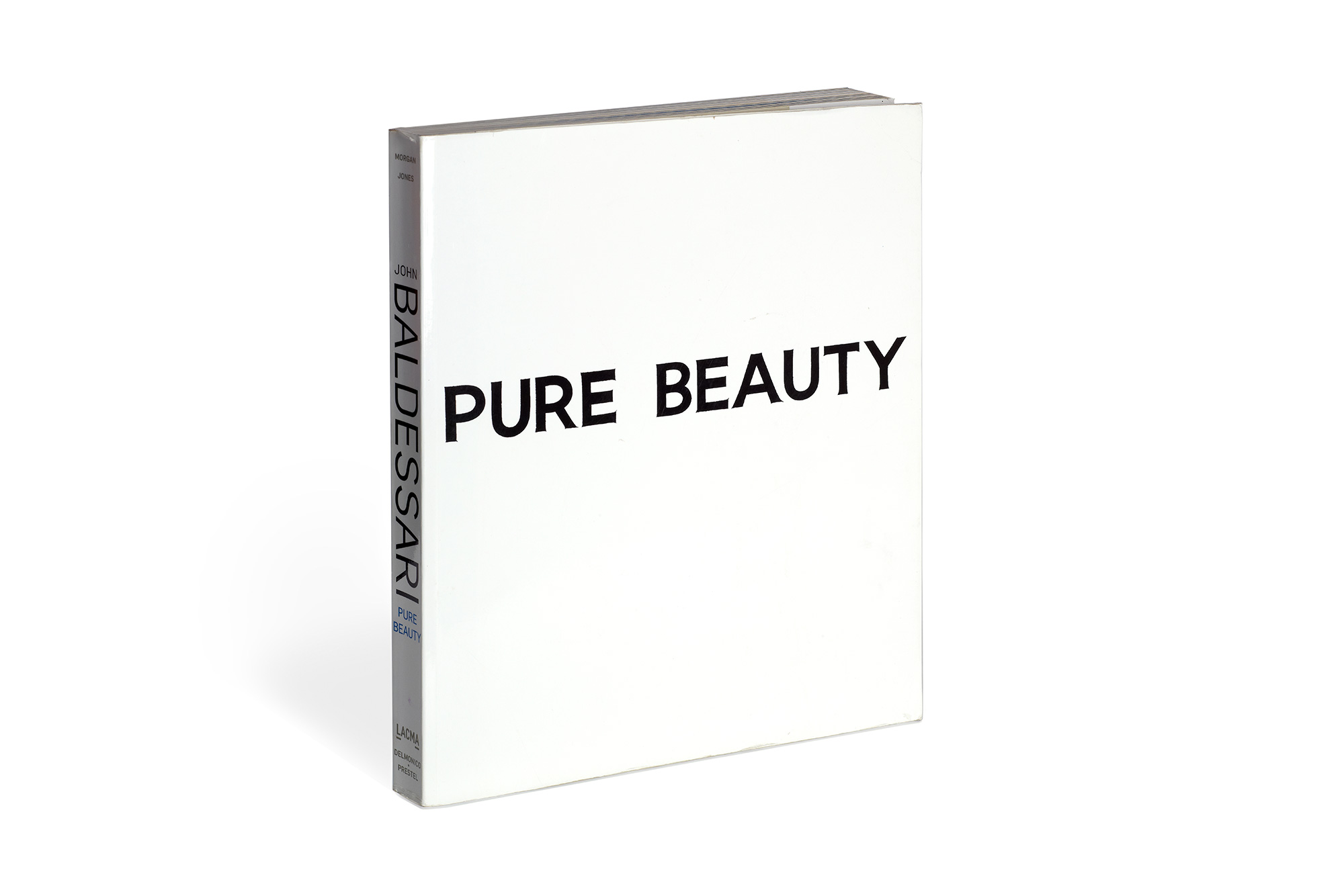
John Baldessari, Pure Beauty, 2009
(1-12) from the publication John Baldessari: “A Catalogue Raisonné Of Prints and Multiples, 1971-2007″, 2009, by Sharon Coplan Horowitz and Wendy Weitman.
(10) Source:Artsy
